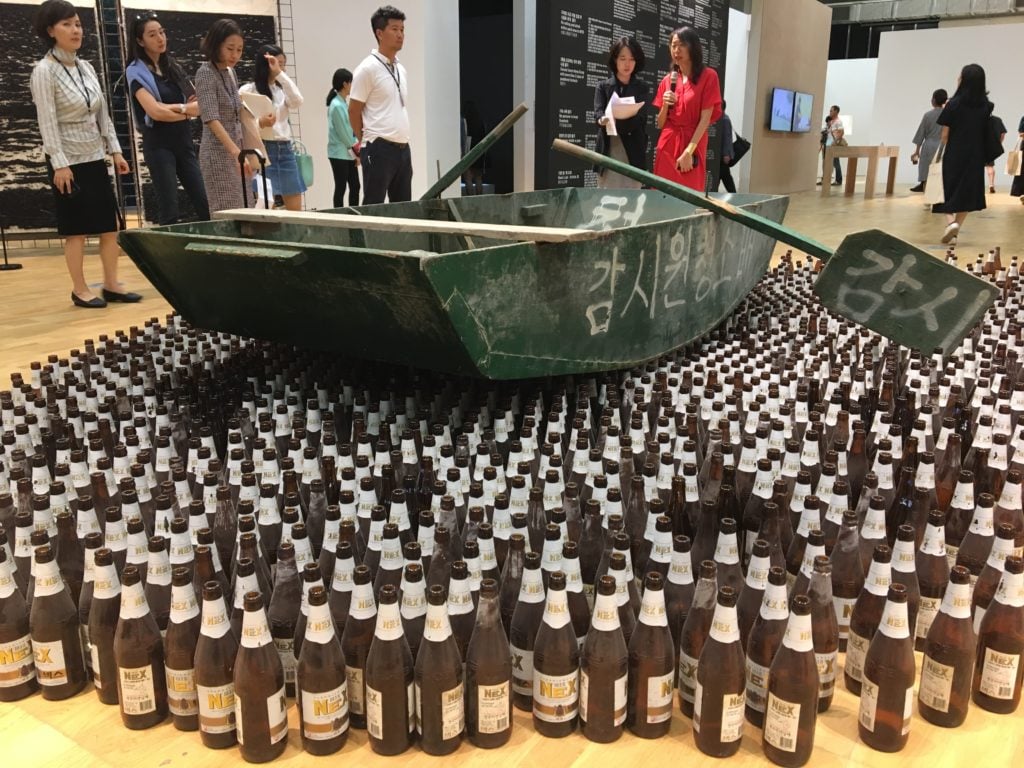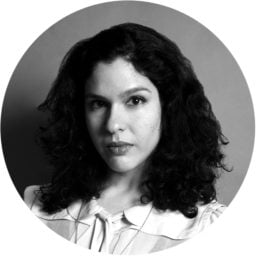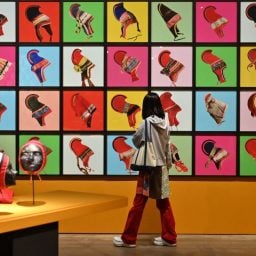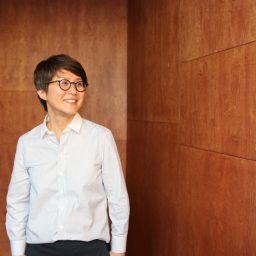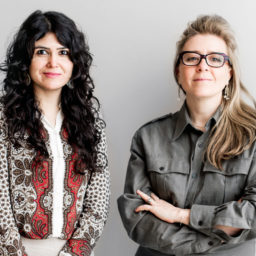The 12th Gwangju Biennale, which opened in the South Korean city on September 7, is a multi-headed beast organized by 11 curators that encompasses seven different exhibitions. It also comes with a loaded origin story: The biennial was launched in 1995 to commemorate the pro-democratic uprising of 1980, which ended in the massacre of peaceful demonstrators by the military. In terms of scale, relevance, and engagement with collective trauma, the 12th edition of one of Asia’s oldest and best respected biennials has a lot in common with the German quinquennial documenta. The curators’ efforts to represent global multiplicities also runs the risk of repeating some of the problematic aspects of an at times confused and confusing documenta 14.
The overarching theme of this year’s Gwangju Biennale, “Imagined Borders,” is a case in point. Why the equivocation when actual borders define the reality of life in the long-divided peninsula, not to mention the plight of millions of refugees worldwide? Add to that the hardening of national borders as global trade wars loom amid the rising right-wing rhetoric of populist nationalism, and imaginary borders seem far less urgent than real ones.
Gwangju’s 11 curators have organized a sprawling exhibition that offers inclusivity and diversity—values that the art world can’t afford to neglect in the 21st century. But there is a difference between offering a refracted view on a given theme and cramming in artists—there are 153 from 43 countries—because of a fear of leaving anything out. The latter has been the case in too many ambitious mega-shows recently and at times, Gwangju falls into the same trap.
Some curators have overloaded subjects and spaces with as many takes as possible, which does not exactly enhance the viewing experience, nor does it encourage deeper engagement. The already difficult exhibition spaces of the Gwangju Biennale exacerbate the problem. Thankfully, in most sections of the show, the artists’ powerful statements drive home their point.

Lara Baladi, Arabic, Watch Out for Zuzu (2018). Photo: Hili Perlson.
The Mumbai-based artist Shilpa Gupta’s deceptively straightforward project 100 Hand drawn maps of my country (2008–ongoing) delves into the heart of things. For the biennial, she added a drawing of Korea to her ongoing research into collective memory. Asking people to draw their country from memory, Gupta overlays 100 sketches to create a single map, which is on show in the main venue, the Gwangju Biennale Exhibition Hall. “Ninety percent of the people here draw a map of a unified Korea,” Gupta tells artnet News.
The new work created in South Korea is a highlight of the section “Facing Phantom Borders,” which is curated by Gridthiya Gaweewong, the artistic director of Bangkok’s Jim Thompson Art Center.
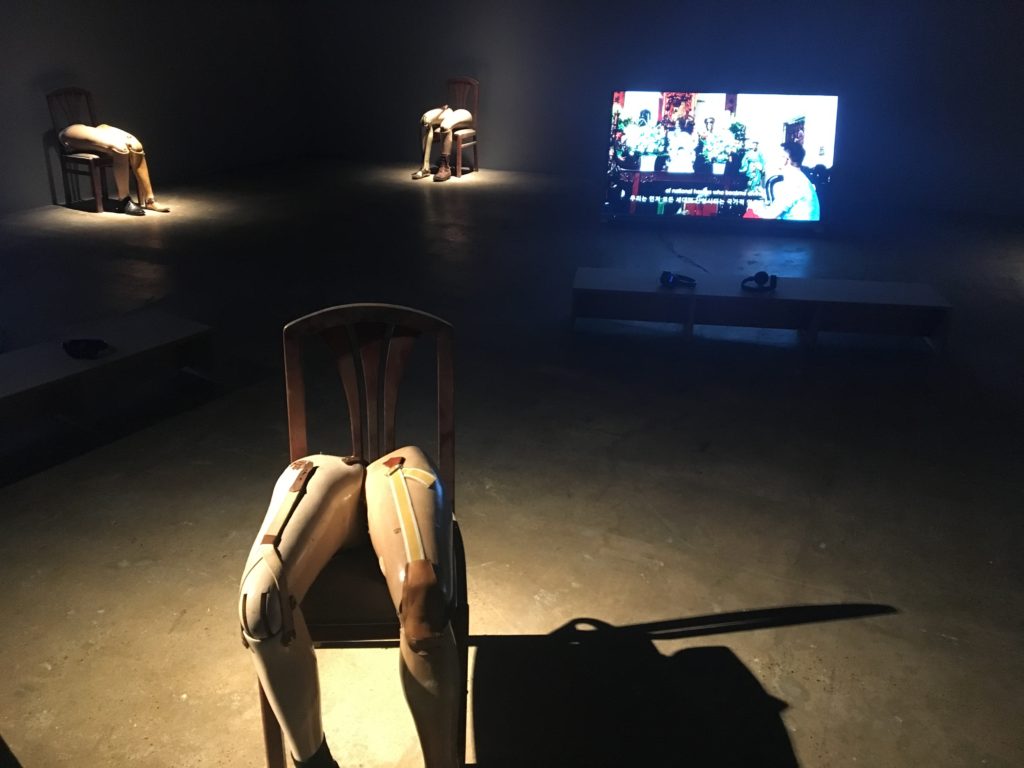
Kader Attia, Shifting Borders (2018. Photo by Hili Perlson.
Kader Attia’s haunting installation Shifting Borders (2018) was also commissioned by the biennale. Part of “Facing Phantom Boarder,” it features low-mounted screens and mismatched pairs of prosthetic legs seated on chairs. Attia filmed Gwangju locals who recall their experience of the 1980 uprising and the loss of loved ones. The French-Algerian artist also recorded reflections from those who offer help to the traumatized, such as a mental health specialist who speaks candidly about the healing power of religious rituals.
The long shadow cast by the Gwangju massacre figures into numerous works across the biennial, most prominently “The Art of Survival,” which is installed at the Asia Culture Center. The exhibition, organized by Man seok Kim, Sung woo Kim, and Chong-Ok Paek, is split into three sections—yes, it gets very confusing.
Popping-up in all three parts is a sprawling installation by Seoul-based artist Chung Heeseung. Her large, rectangular C-prints of the exterior of Gwangju’s National Army Hospital, which was a site of the 1980 uprising, present abstracted, hard-to-describe elements of the dilapidated building. It is as if she has stripped the building of its defining, concrete, and monumental symbolism. The actual hospital building hosts two newly commissioned site-specific works, one by the British artist Mike Nelson and the other by Kader Attia.
“The Art of Survival” only features Asian artists, most of whom are from South Korea. For a Western viewer, it offers the chance to encounter local contemporary art practices. It is also the section that dared to include more conceptual pieces that aren’t “about” any particular thing, which opened up space for interpretation and contemplation sorely missed in some of the other sections.
The exhibition-within-an-exhibition includes the video installation Black Mat Oriole (2016–17) and a series of sculptural pieces by Suki Seokyeong Kang, who recently had a solo show at the ICA in Philadelphia and who is also participating in Liverpool Biennial. The works relate to a traditional solo dance performed in the Korean royal court by a female dancer on a rectangular mat, the dimensions of which also dictate the tightly controlled movements. Employing a clear and pared-down aesthetic, the artist offers a meditation on the body and the individual’s way of leaving a mark, no matter how restricted or prescribed their actions.
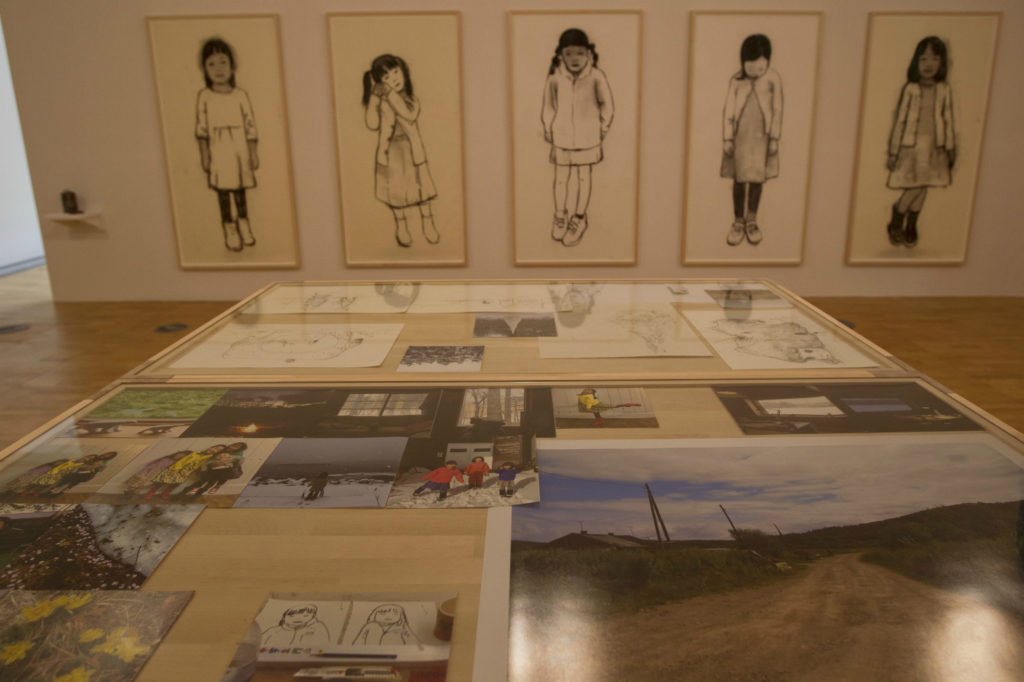
Yoshitomo Nara, Tobiu (2018), Courtesy of the Artist, Blum & Poe, Los Angeles/New York/Tokyo and Pace Gallery. Supported by Japan Foundation.
Finally, in the section “Faultlines,” which has been brilliantly curated by Yeon Shim Chung and Yeewan Koon, the Japanese artist Yoshimoto Nara shows a new work, which is one of his most political to date. Titled Tobiu (2018), it is named after an area in Hokkaido in northern Japan that is the home of the indigenous Ainu.
The installation is inspired by Ainu folklore about the local landscape, a coastal faultline that leads through a cave to the “gods’ playground.” Today, the village only consists of ten homes, and its population is dying out. In his reflection on the invisible bonds between community and place, Nara collaborated with villagers on a series of drawings made with local charcoal, featuring his signature big-eyed children. In the aging village, there are no children.
In the same section, installed in a theater inside the former Jeollanam-do province government office, which is now the biennial’s main venue, there is a new video installation by Dutch artist Aernout Mik. Double Bind (2018) is the artist’s reaction to the increased, anxiety-inducing presence of police and anti-terrorist units in cities across Europe, especially in France, following the Paris terror attacks.
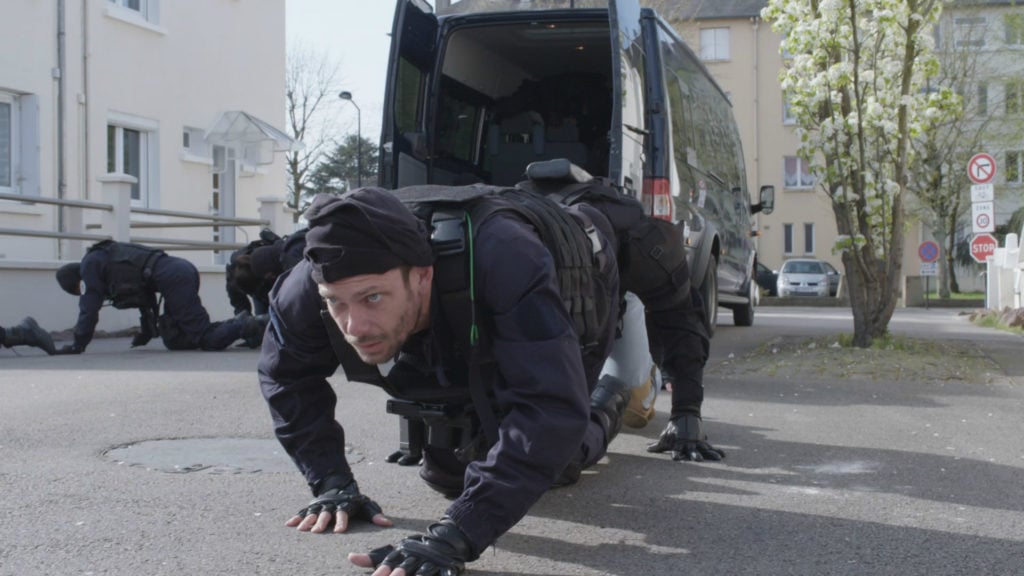
Aernout Mik, Double Bind (2018), Courtesy of the artist and Carlier Gebauer, Berlin. Made possible with support of the Mondriaan Fund and the Netherlands Film Fund. Collection of Maeil Dairies Co., Ltd, South Korea.
The work shows a group of armed, uniformed men and women moving through empty streets and residential neighborhoods as if they were performing a drill or reenactment. They progress toward a target, single-file, and then crouch, check a suspicious car, and crawl on the pavement. These views are juxtaposed with footage showing the same special unit in a white, padded room. In a choreography of scratches, stretches, rubs, and sighs, the men and women appear to be recalibrating the body, as if working through the effects of post-traumatic stress disorder. The artist’s haunting work is one of surprise hits of “Imagined Borders.”
“Imagined Boarders,” the 12th Gwangju Biennale, runs from September 7 through November 11 in Gwangju, South Korea.
